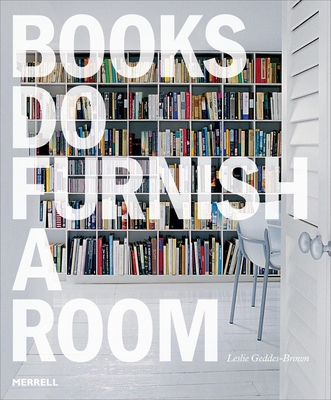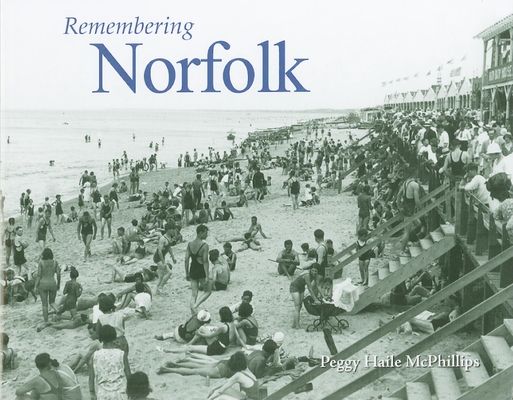
Frank Lloyd Wright: Plans Drawn to a Common Scale
Description
Born in Bear Valley, Wisconsin, raised in nearby Richland Center, then Massachusetts before settling in south central Wisconsin, Frank Lloyd Wright always knew that he would be an architect. He wanted to create a Democratic American Architecture. With his Prairie homes, he achieved the first part of his goal, American Architecture. It was based upon geometry, the cruciform/pinwheel and square. With his Usonian houses, he created the next part, Democratic, thus achieving Democratic American Architecture. This was achieved by reducing the Prairie cruciform to a simple L.It is not easy for most to visualize in three dimensions, especially when one must do so from a two-dimensional plan. Yet Wright could visualize his idea for a building in three dimensions before he drew it in two.Two plans that, on paper, look identical, might be hugely different, depending on scale. SIZE MATTERS.For the author of this book, William Allin Storrer, Ph.D., the ability to visualize in three dimensions came when he took special tests with the Detroit Board of Education. Supposedly difficult spatial problems he solved quickly. But this ability didn't come into focus until he was enrolled in his doctoral program. For an architectural seminar, he was required to draw the plan of a "typical" building of each era in modern architecture: Greek, Roman, Medieval, Renaissance . . . First the Parthenon, then the Pantheon. Each fit the 11 x 8 1/2 inch paper. Seeking a perfect Gothic work, he discovered the cathedral of Amiens, France, Notre Dame D'Amiens, constructed in less than fifty years, a perfect example of Gothic. By the time he'd drawn the upper half of the east end, he'd filled the paper. Had he visualized the entire work in three dimensions, the full size of the cathedral would have been apparent and he'd have used a larger paper rather than tape pages together SIZE MATTERS.Thus this book includes American houses and apartment buildings, for it is devoted to "the space within to be lived in," as Wright stated it. It is hoped that this will open new ways of envisioning Wright's monumental catalog of domestic works.




























